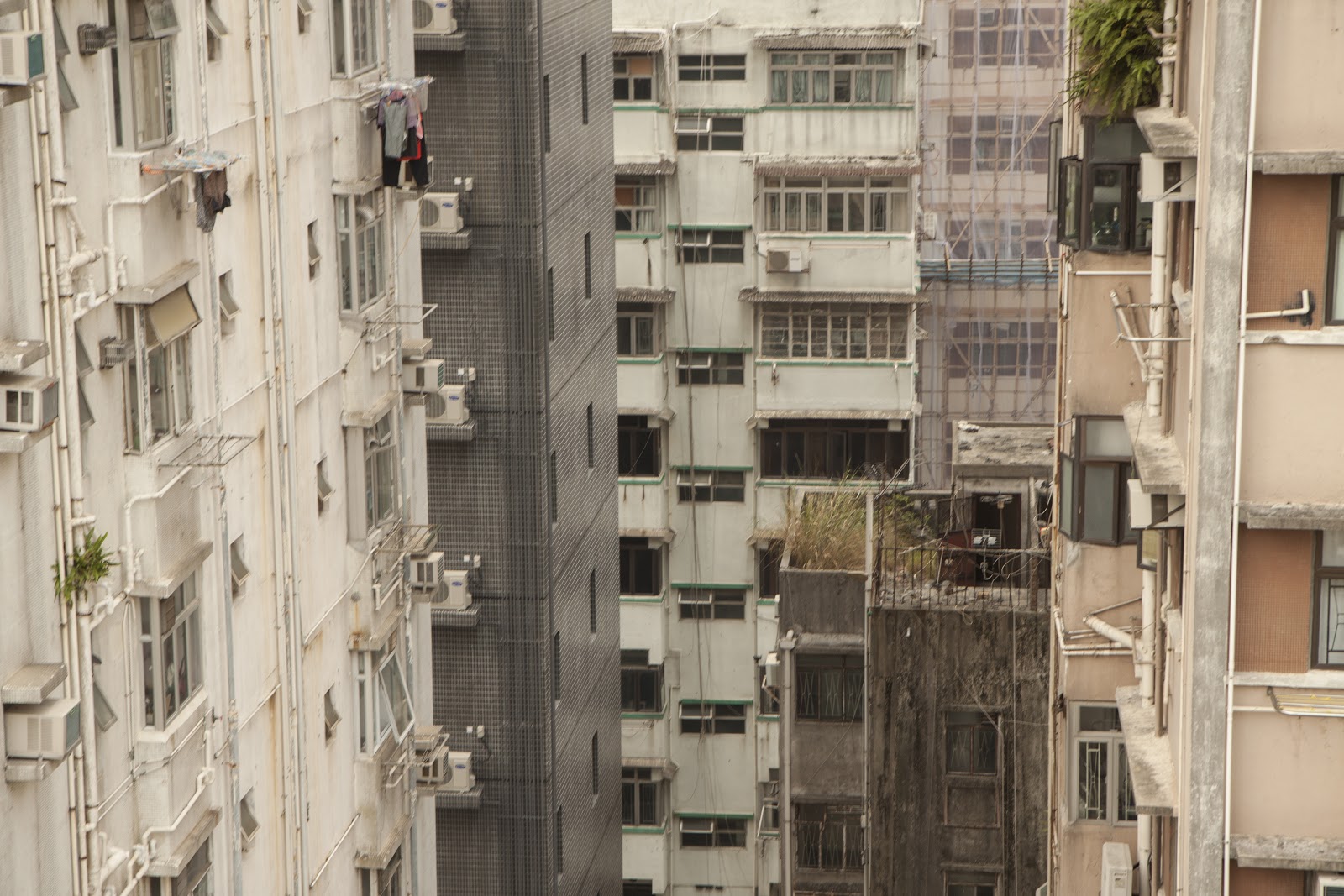kicked it in the sun
New Member
http://www.emporis.com/statistics/most-skyscraper-cities-worldwide
emporis defines a skyscraper as a building over 100 meters. i'm counting at least 45 skyscrapers proposed or under construction in toronto right now, but i may be undercounting, possibly by a lot. with how tight the rental market is right now, it doesn't look like the current boom will end before 2017.
chicago has 15 skyscrapers under construction or in advanced pre-build.
1 Hong Kong 1,268
2 New York City 677
3 Tokyo 411
4 Chicago 299
5 Shanghai 256
6 Dubai 248
7 Toronto 228
what do people think? my guess is that chicago is up to 315 skyscrapers by 2018 and toronto is up to 275 but what do others think?
obviously, this isn't the measure of a city, chicago will always be chicago and toronto is sort of still finding its personality but settling into something we can all sort of anticipate. i have to say though that having the world's number three skyscraper count would be something as a child of the late 1980s and 1990s i'd never have expected out of toronto.
emporis defines a skyscraper as a building over 100 meters. i'm counting at least 45 skyscrapers proposed or under construction in toronto right now, but i may be undercounting, possibly by a lot. with how tight the rental market is right now, it doesn't look like the current boom will end before 2017.
chicago has 15 skyscrapers under construction or in advanced pre-build.
1 Hong Kong 1,268
2 New York City 677
3 Tokyo 411
4 Chicago 299
5 Shanghai 256
6 Dubai 248
7 Toronto 228
what do people think? my guess is that chicago is up to 315 skyscrapers by 2018 and toronto is up to 275 but what do others think?
obviously, this isn't the measure of a city, chicago will always be chicago and toronto is sort of still finding its personality but settling into something we can all sort of anticipate. i have to say though that having the world's number three skyscraper count would be something as a child of the late 1980s and 1990s i'd never have expected out of toronto.







